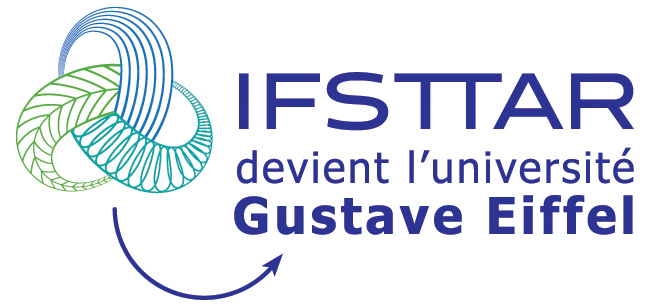A semi-analytical finite element method for the forced response and surface wave propagation in multilayered solid spheres
Résumé
The computation of the eigenmodes of solid spheres is a classical problem in mechanics solved more than a century ago by Lamb. This topic has found many applications in geophysics, composites structures and non-destructive testing. The eigenmodes are the solutions of a dispersion relationship which can be obtained analytically. However, numerical methods are preferred for complex structures such as a multilayered spheres. One-dimensional models can be obtained based on semi-analytical methods, in which the angular directions are described analytically (based on spherical harmonics functions) and the radial direction is discretized. This approach yields a linear eigenproblem which is simple to solve. The existing semi-analytical methods (Heyliger & Jilani, 1992 ; Park, 2002) are not fully satisfactory. Indeed, the related eigenproblems are not given in a closed-form (numerous integrations are required) or are specific to a choice of interpolating functions. We propose a more general formulation. The main issue is to correctly identify the orthogonality relationships of spherical harmonics, used to uncouple the angular and the radial directions. Because the elastodynamics equations are vector wave equations, both vector and tensor spherical harmonics orthogonalities are required. While the orthogonality of vector spherical harmonics is rather well-known and straightforward, the orthogonality of tensor spherical harmonics is much more mathematically involved (Martinec, 2000). In this work, a closed-form eigenproblem is eventually obtained for any interpolating function and favourably compared to literature results (Eringen & Suhubi, 1975). Additionally, the forced response can be calculated explicitly based on the eigenmodes. It can be used to reconstruct surface wave propagation phenomena. We particularly focus on the phenomenon of Rayleigh wave collimation described by Clorennec and Royer (2004): for a line source of specific width, the Rayleigh wave is not diffracted on the surface of the sphere but propagates with a quasi-constant width. We show that this phenomenon is accurately recovered with our numerical model. An analysis based on eigenmodes is proposed. We also study the perturbation induced by the addition of a thin viscoelastic coating. Furthermore, the case of an infinite embedding medium surrounding the sphere is also considered. In that case, the radial direction must be bounded so that the problem can be numerically handled. For that purpose, a radial Perfecty Matched Layer (PML) of finite thickness is applied. The leakage amount (radiative losses) of eigenmodes, of practical interest to select the modes with the highest quality factor, is then evaluated. The existence of a collimating wave with an infinite surrounding medium is also investigated.
Origine : Fichiers produits par l'(les) auteur(s)
Loading...
